CP/M was the first operating system for personal computers to dominate the market, approximately between 1976 and 1984, with thousands of applications being developed for it. It was declared by the IEEE a milestone in the evolution of computers. It was CP/M that inspired MSDOS, which gave rise to Windows.


Developed for Intel's 8-bit 8080 processor, CP/M was adapted to several other 8-bit processors, but also 16 bits, such as the Intel 8086/8088 used in the IBM-PC. It had network (CP/Net) and multiuser (MP/M) versions.
